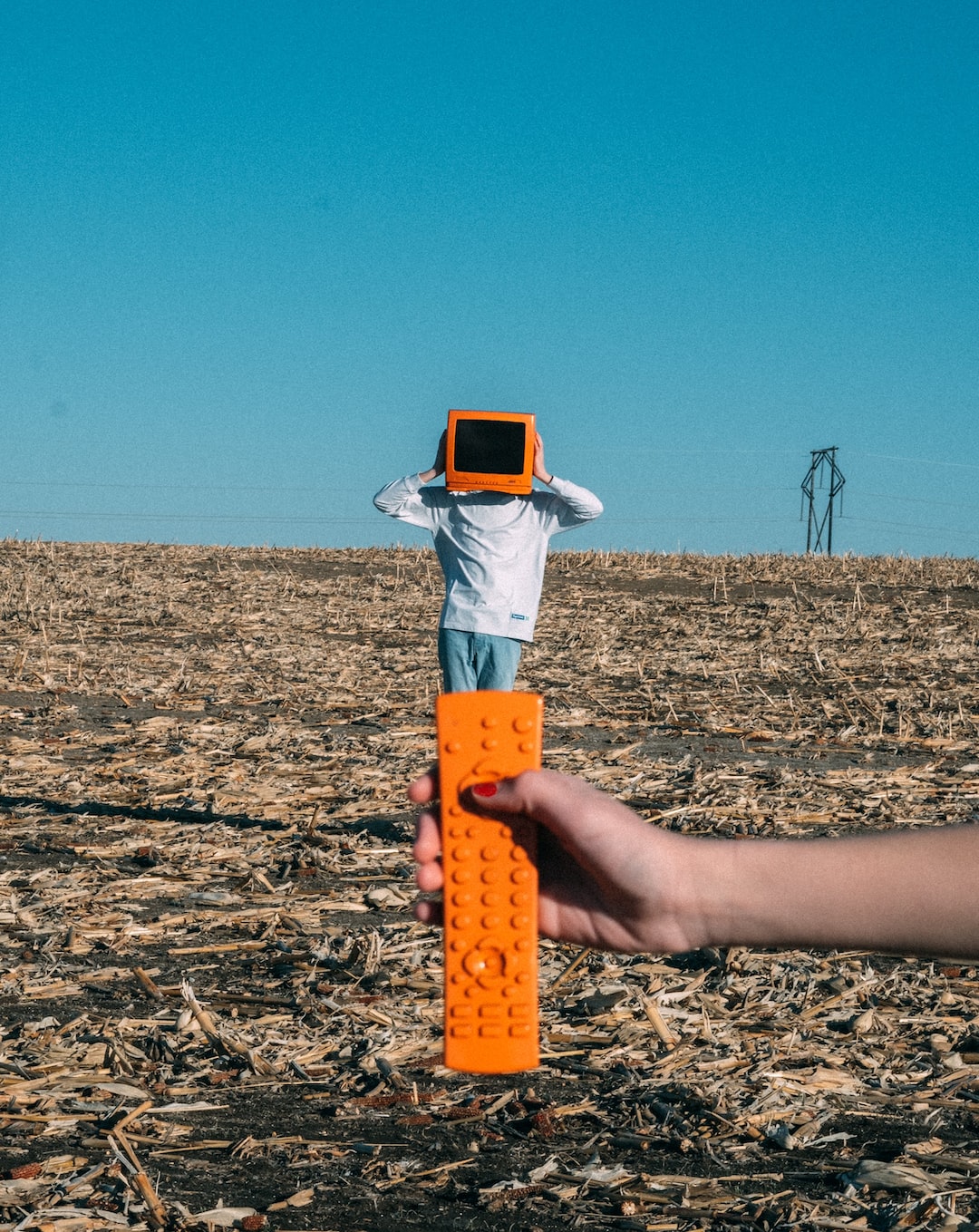Title: The Impact of Deepfake Technology on Journalism
Introduction (150 words)
In an era where fake news and misinformation flood the digital landscape, the rise of deepfake technology poses a significant threat to journalism’s integrity. Deepfakes, which refers to digitally altered videos or audios created with machine learning algorithms, can convincingly mimic real people and distort reality. This technology not only undermines the credibility of news outlets but also erodes public trust. In this blog post, we will explore the impact of deepfake technology on journalism, highlighting the challenges it brings forth and the potential countermeasures.
The Rise of Deepfakes and the Threat to Journalism (250 words)
Deepfake technology has grown rapidly, thanks to advancements in artificial intelligence and deep learning algorithms. With these tools at their disposal, creators can fabricate convincing videos that manipulate politicians, celebrities, and public figures to say or do things they never actually did. Such manipulation poses severe risks to journalism, as deepfakes can swiftly spread false information, misrepresent public figures, and fuel political propaganda.
Challenges Facing Journalism in the Era of Deepfakes (300 words)
The emergence of deepfakes presents numerous challenges to journalism. Firstly, deepfakes are difficult to detect, even by experts. Their realistic portrayal increases the likelihood of misinformation going undetected, blurring the line between reality and fiction. Journalists must now develop new strategies and technological tools to effectively identify and debunk deepfakes, safeguarding the core principles of accuracy and reliability.
Secondly, the fast-paced nature of social media amplifies the reach and virality of deepfakes. Journalists face tremendous pressure to deliver breaking news, often at the risk of compromising due diligence. This urgency inadvertently opens doors for deepfakes, as their sensationalistic nature generates high engagement online. Journalistic ethics must be reinforced to encourage careful verification processes, preventing deception from seeping into mainstream news cycles.
Thirdly, deepfakes raise concerns about privacy and consent. Public figures and ordinary individuals alike can fall victim to the malicious intentions behind deepfakes. The psychological and emotional damage caused by these fabricated videos can be immense, resulting in defamation, public embarrassment, or even incitement of violence. Journalists play a crucial role in combatting deepfakes by educating the public about their existence and potential impacts, acting as a collective shield against their destructive powers.
Mitigating the Impact of Deepfakes (200 words)
While deepfakes present significant challenges, there are steps that can be taken to mitigate their impact. One possible solution is the development of advanced detection technologies. Collaboration between technology companies, journalists, and academia can lead to innovative tools that accurately identify deepfakes, enabling media organizations to act swiftly and prevent their proliferation.
Furthermore, media literacy programs need to be expanded to educate the public about deepfakes and their potential consequences. By improving critical thinking skills, individuals can be better equipped to distinguish between authentic and manipulated content, thereby reducing the spread of disinformation.
Journalists must remain vigilant and adhere to rigorous fact-checking practices, involving independent verification and multiple trusted sources when reporting sensitive news stories. Strengthening partnerships with experts in the field of artificial intelligence and computer science can enhance journalists’ capabilities to identify deepfakes and foster cross-disciplinary solutions.
Conclusion (100 words)
The impact of deepfake technology on journalism is both disconcerting and challenging. Maintaining the integrity and veracity of news has become increasingly difficult in the face of manipulated content flooding the internet. However, by investing in robust detection systems, promoting media literacy, and adhering to strict journalistic standards, the journalism industry can strike a counterbalance against the destructive power of deepfakes, safeguarding public trust and reinforcing the crucial role of journalism in a digitally manipulated landscape.

